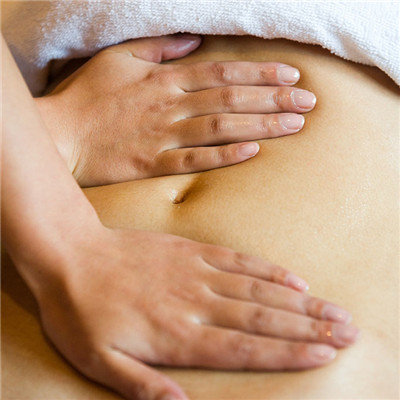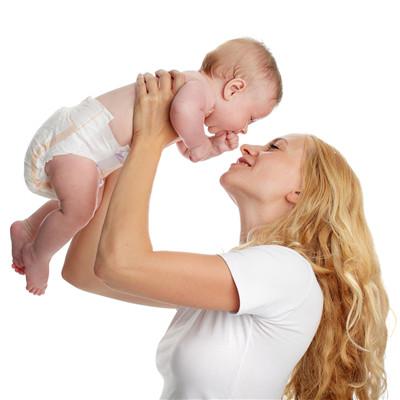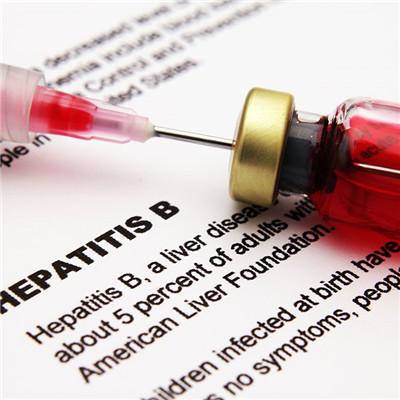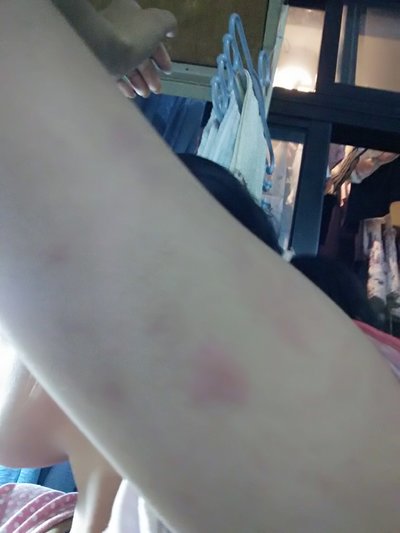Symptoms of otitis media in baby
summary
Otitis media is not like a cold or a fever. You can see it all at once. Some babies are still small and can't express "ear ache" clearly, so it's not easy for parents to notice. If the baby has the following performance, then it may suffer from otitis media. After the baby got otitis media, we must see a doctor, follow the doctor's attention, serious treatment, can not take anti-inflammatory drugs, so that the baby did not get thorough treatment and leave hidden danger. If the treatment of otitis media is not timely, especially in infants with low body resistance, otitis media can expand to nearby organs, such as mastoiditis and even intracranial infection. Therefore, early diagnosis and early treatment are necessary. Tell us about the symptoms of otitis media in your baby.
Symptoms of otitis media in baby
1、 Understand the structure of the ear, from the basic understanding of the baby's otitis media, generally speaking, infants are far more prone to ear diseases than adults. Because the eustachian tube of infants is not yet mature, the eustachian tube is only half the length of adults, and the diameter is thick, the position is relatively horizontal, and the orifice is often open. Therefore, the bacteria and secretions in the nasopharynx are easy to enter the tympanic chamber through this tube and cause otitis media. The middle ear is like a small matchbox. It has six walls. The front wall is the tympanic membrane, which separates the external auditory canal (commonly known as the ear hole) from the middle ear. The middle ear cavity is covered with mucous membrane, and there are three ossicles connected with the inner ear. Under normal circumstances, the external auditory canal occasionally water bath, as long as there is no tympanic membrane lesions, water is not into the middle ear cavity, it is impossible to cause otitis media.
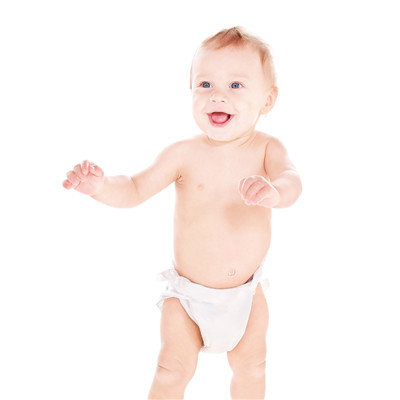
2、 Objective to understand the acute symptoms of otitis media. Children with acute otitis media show ear pain, continuous crying in the early stage, and often grasp the ear with hands, accompanied by fever, refusal of milk and other symptoms. If accompanied by tympanic membrane perforation, mucopurulent secretion can also be seen out of the ear, children with hearing loss. Suffering from acute otitis media, should be active, thorough treatment to prevent chronic. If the baby has a fever of 37.5 ℃ for 3 consecutive days and the fever persists after taking the medicine, it is necessary to consider the possibility of suffering from otitis media and go to the otolaryngology department for examination as soon as possible. Children suddenly become irritable, crying, and always sleep hard at night, then immediately take him to see a doctor.

3、 Pay attention to all kinds of abnormalities of the baby, observe the baby to dig out the ears for the baby. If the baby keeps touching, scratching and pulling the ears, we should think whether he is suffering from otitis media. Damage to the external auditory canal mucosa or tympanic membrane, leading to infection, may also spread to the middle ear inflammation. When you find your baby restless and shaking his head, think that his ears may be uncomfortable. Children suddenly become irritable, crying, and always sleep hard at night, then immediately take him to see a doctor. Exudate in the eardrum can cause hearing loss. If you find that your baby is slow to respond to your call, ask him to ignore it several times. Take him to the ENT department for examination as soon as possible.

matters needing attention
The correct feeding posture should be adopted for the artificially fed infants, especially those within 3 months. If you use a bottle to feed, you should not let the baby lie flat and supine. You should first hold the baby on your knee, then lean his head on his left arm, and then hold the bottle in his right hand to feed. Feeding speed should not be too fast, too fierce, when the baby crying should temporarily stop feeding, in order to avoid coughing, milk will be sprayed into the eustachian tube.
